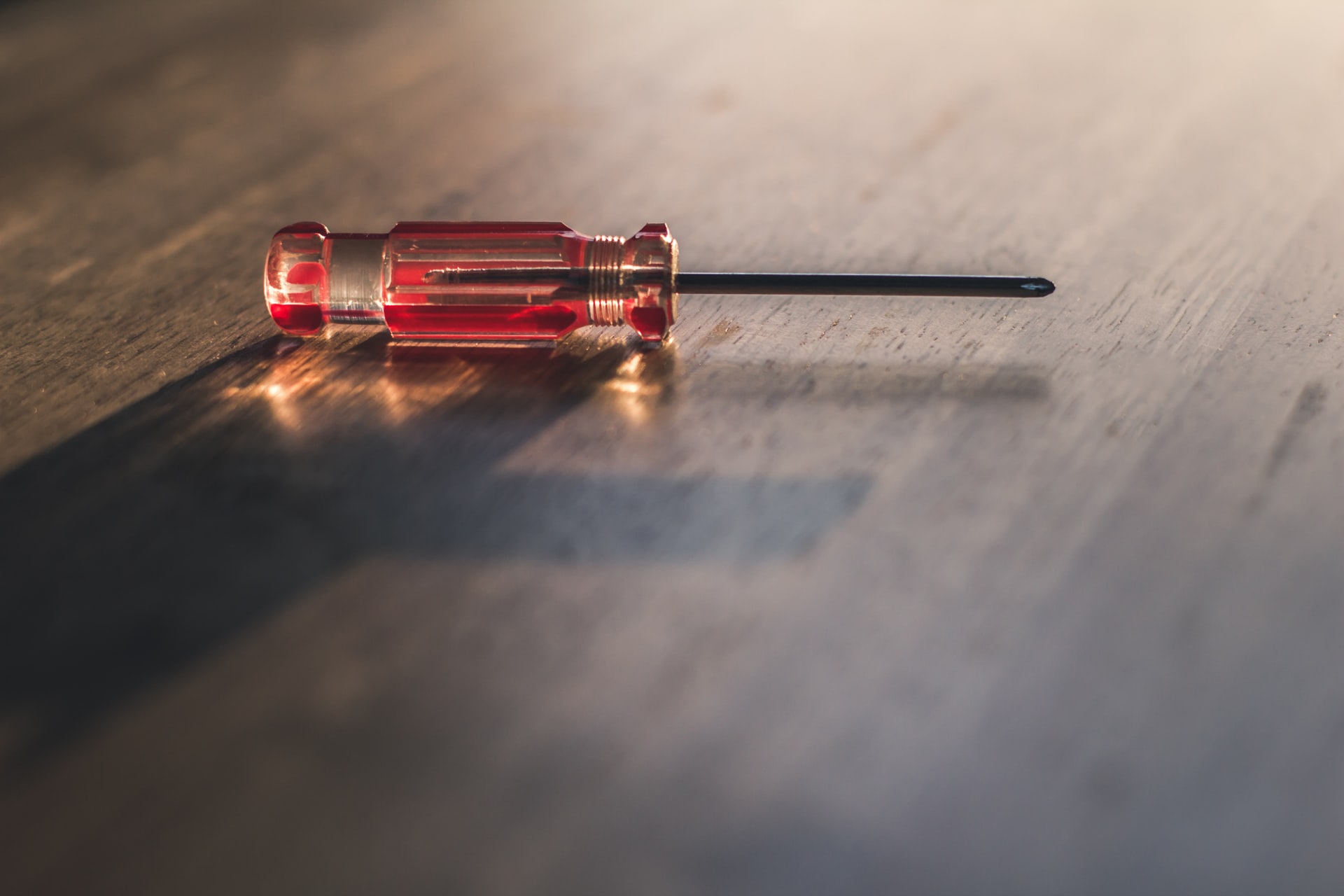Got an old set of kitchen cabinets that need some help? The good news is, you can repair old kitchen cabinets in a number of ways. Erase years of damage with some elbow grease and some TLC. Your local Toronto cabinet store, Discount Kitchens, is here to help you breathe life back into your kitchen cabinets.
Prep for Repairs
The first step to repairing old kitchen cabinets is prepping for the job. Generally, you’ll need to:
- Empty your cabinets
- Protect your floor by laying down some painter’s plastic or a sheet
- Clean out your cabinets. Do this by using a brush with soap and water on all coated surfaces and on any greasy or soiled places on uncoated surfaces. Be sure your brush isn’t soaking wet, as you don’t want to cause water damage. If you’ve needed to scrub down any uncoated wood, give it 24 hours to dry before doing anything with that part of the cabinets.
- Remove all cabinet doors and drawers and place them on a covered part of the floor
- Sand down any part of the cabinetry that you intend to paint or paper
- If you intend to replace old hardware or remount it (due to old screws being loose or holes becoming too large), unscrew all hinges, knobs, handles, etc. and use a patching putty to fill the holes. See more in hardware section.
Replace Old Hardware
If your cabinet hinges are rusted, loose, or squeak regardless of how much you oil them, they simply need to be replaced. Old knobs or handles that are broken, damaged, loose, or have gone missing over the years should be as well. If you intend to replace old hardware, unscrew all hardware before beginning on painting or papering.
Fixing Intact Hardware That Comes Loose
Oftentimes, old cabinet hardware becomes loose and won’t stay in place anymore, no matter how often you tighten bolts and screws.
In some instances, this happens to hardware that’s in decent shape, attached to cabinet doors that are also in decent shape. This is because repetitive use that gently pulls the direction it needs to be unscrewed in will loosen the screws over time.
This can be fixed (after painting or papering) by unscrewing your knobs and putting a single drip of superglue into the knob where the screw is screwed in. If your knobs have the screw built in and they’re fastened with a bolt on the back of the cabinet door, put your knob through the door, put a drip of superglue on the part of the screw that comes through, then screw the bolt in place. It’s recommended to use rubber gloves for this, as both require close contact with the coated parts.
Hardware That’s Always Loose
If tightening the screws on your hardware doesn’t keep it from moving around, it’s because the holes in your cabinetry are too big. This can happen from years of movement wearing away at the inside of the screw holes. However, it can also be caused by someone using hardware with slightly larger screws before the current hardware was installed.
In this case, you have 2 options:
- Find hardware with screws that match the holes. However, this may be impossible if the holes have been worn bigger. Additionally, it’s also possible the old screws were bigger than our current hardware screw standard.
- Fill the old hardware holes with a hole-patching putty. Then, scrape any excess off to leave a smooth surface, and leave it to dry. You’ll have to create some new holes for your new hardware.
Continue Reading
Check out the next steps to repair old kitchen cabinets in Part 2. There, we’ll cover painting and papering.

